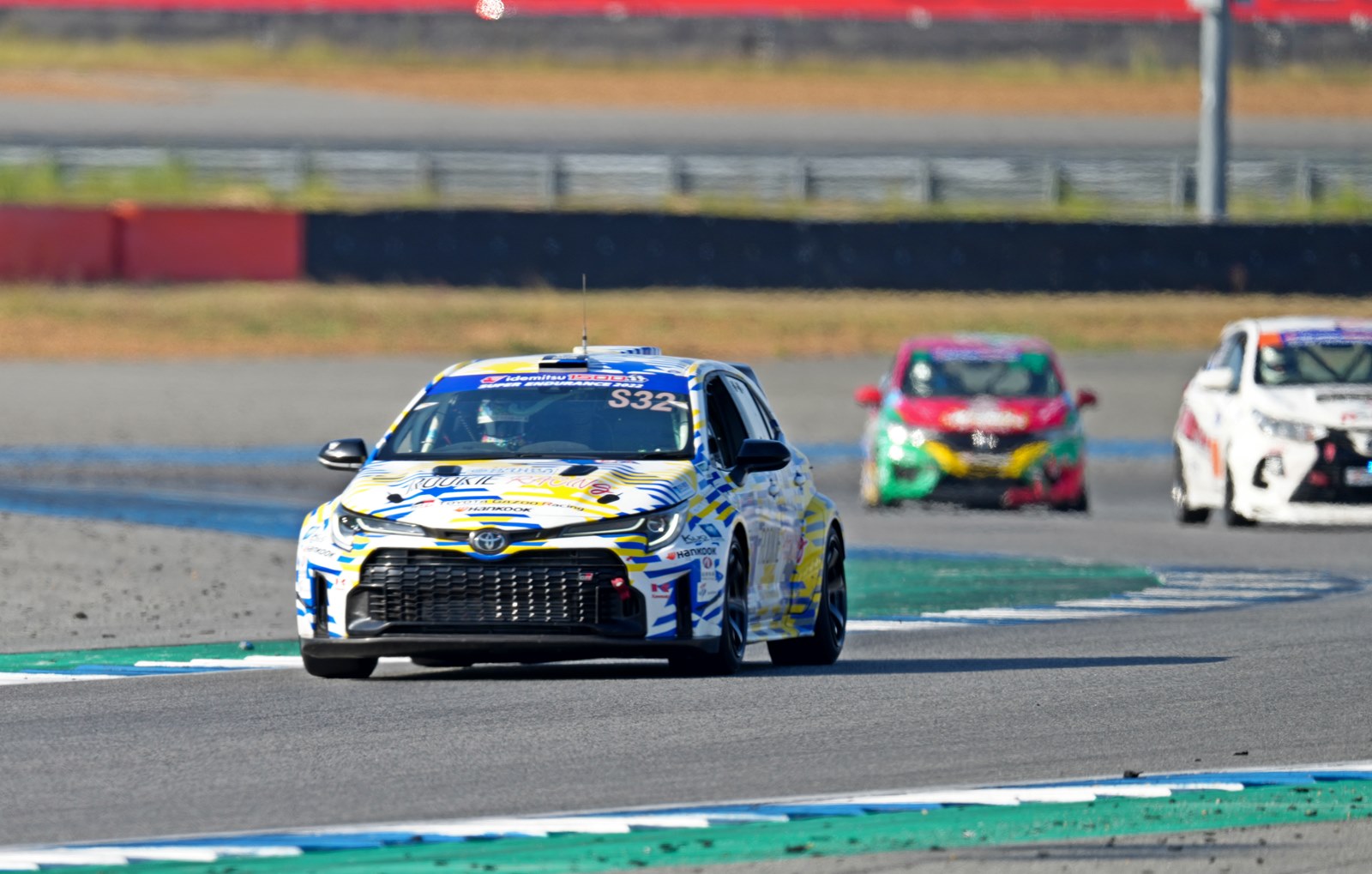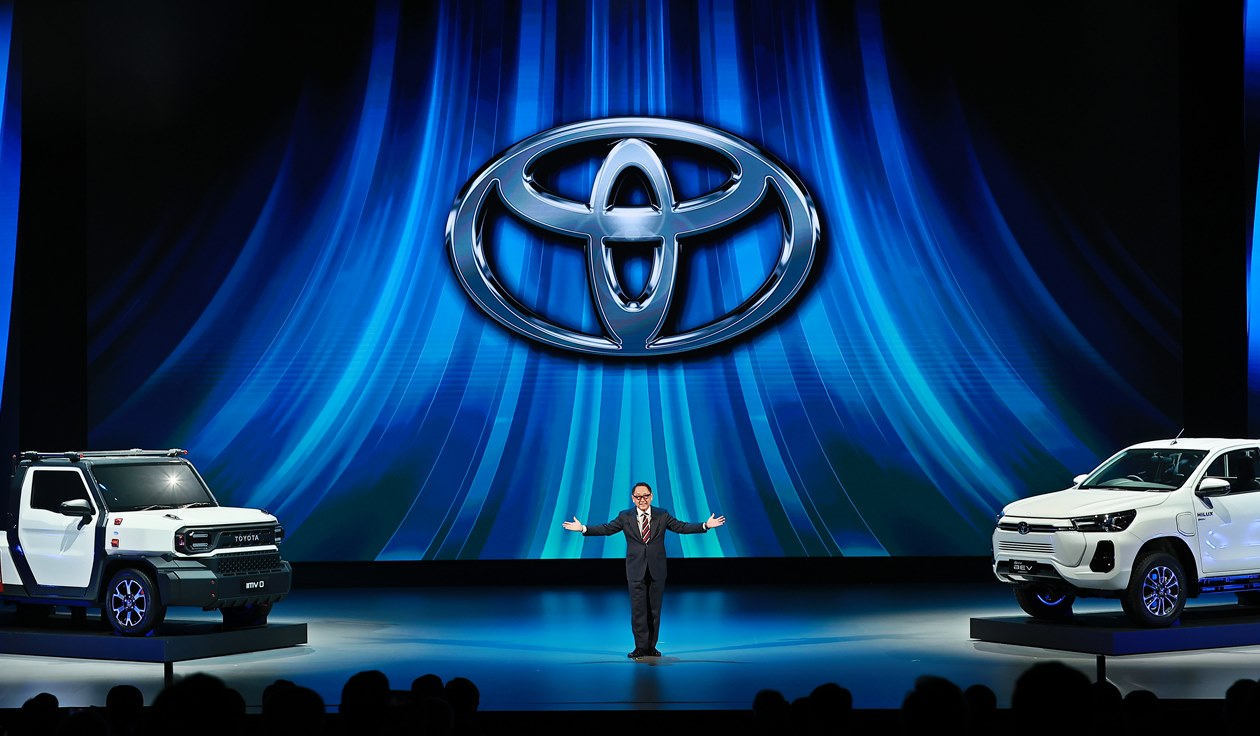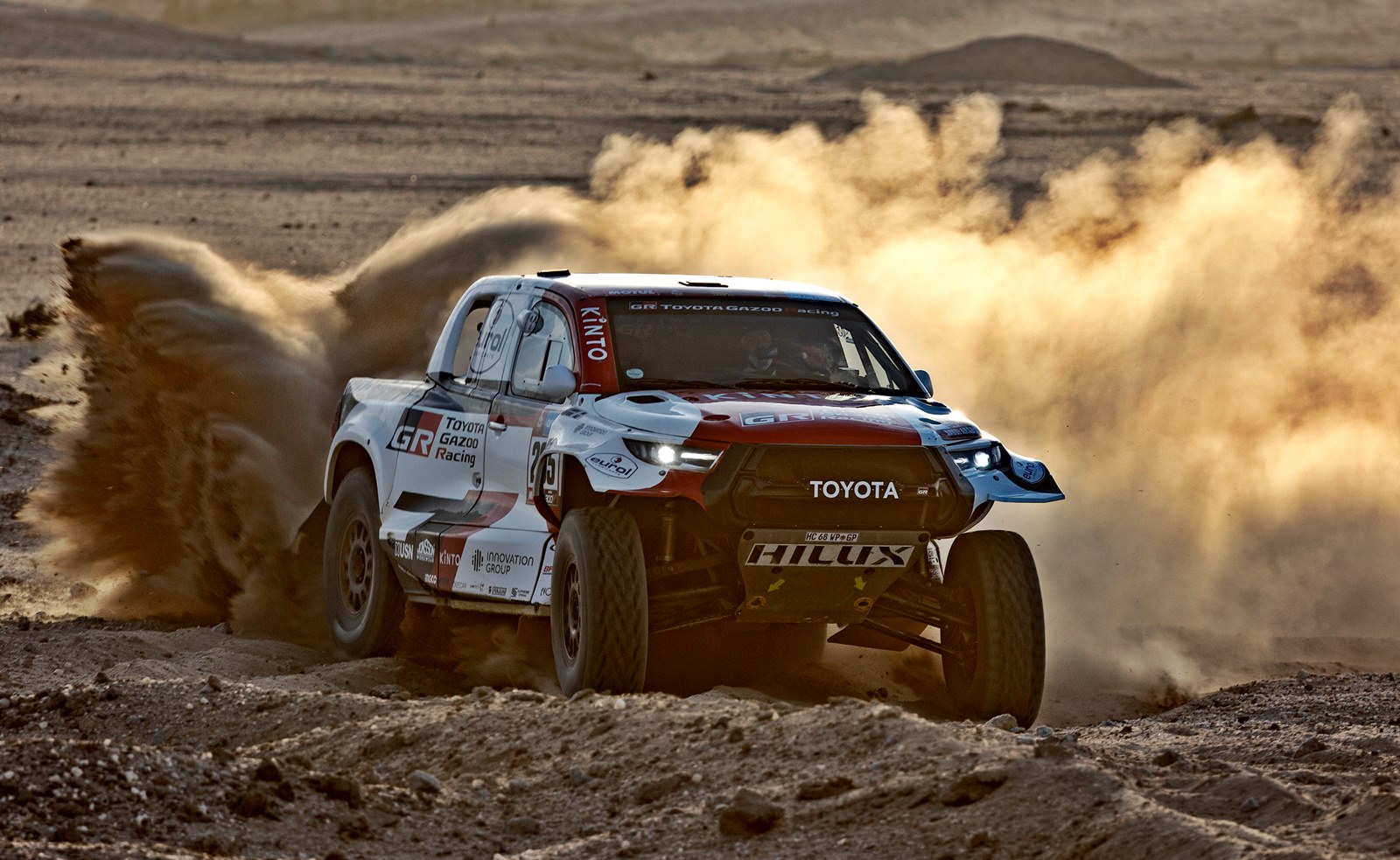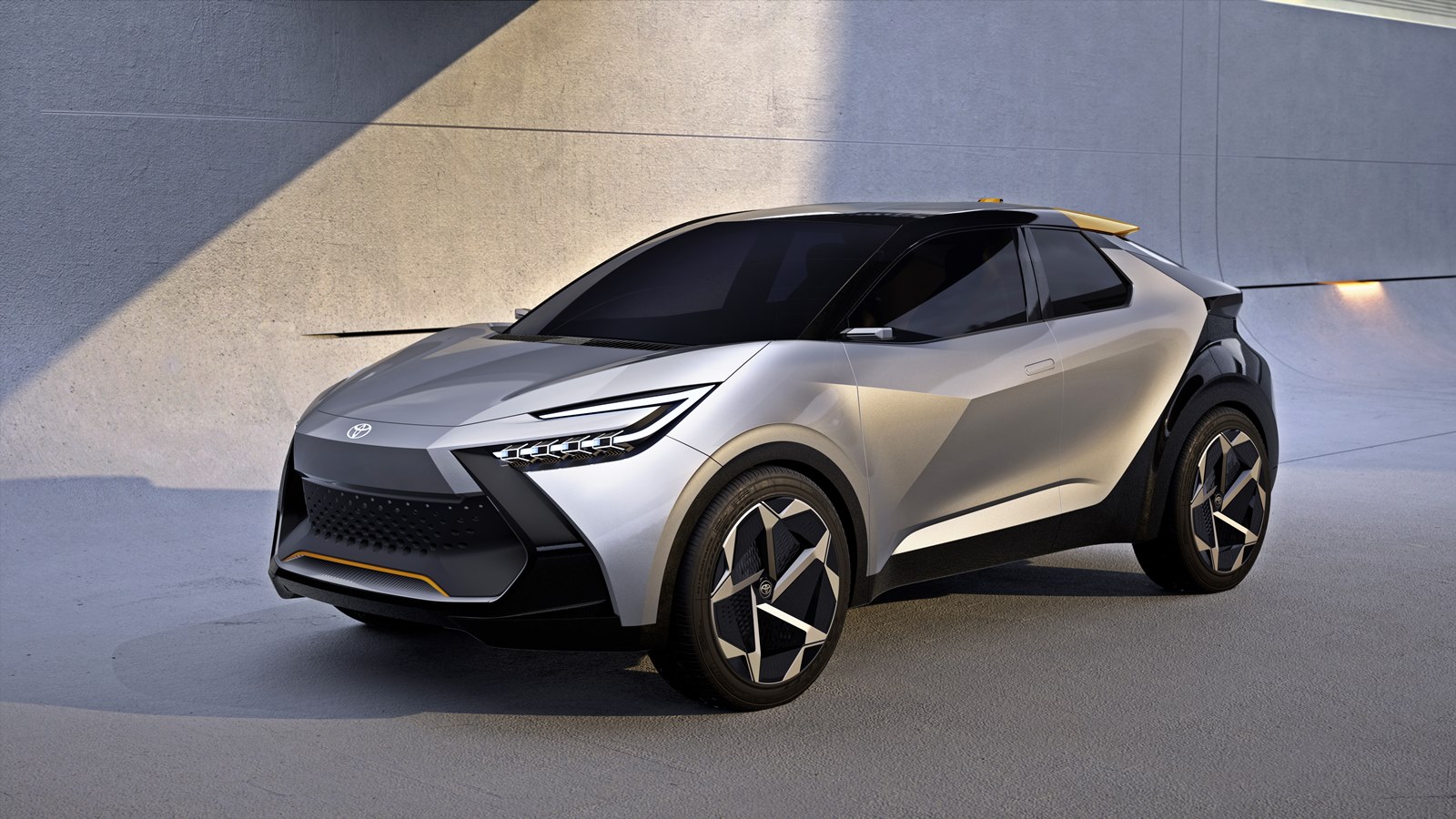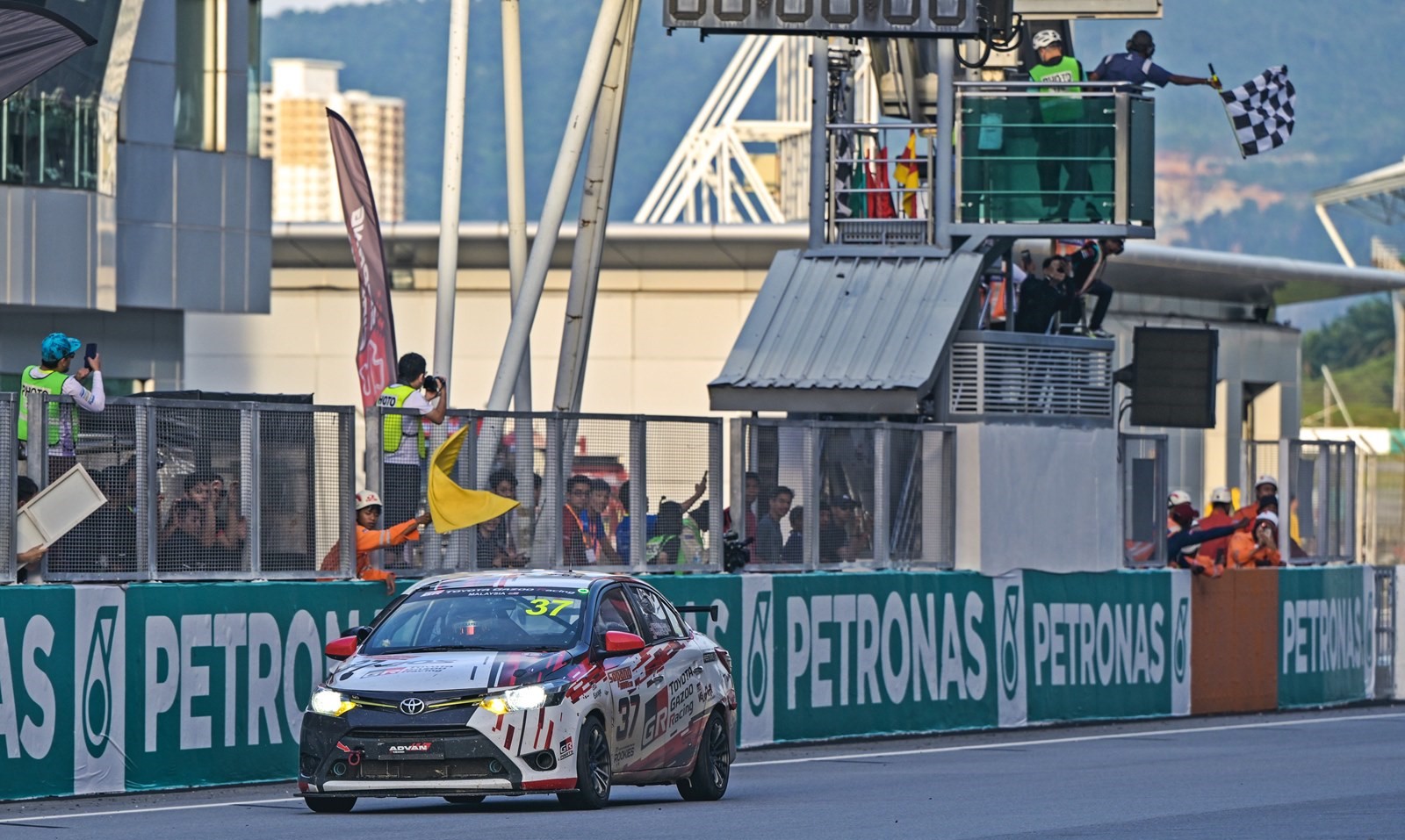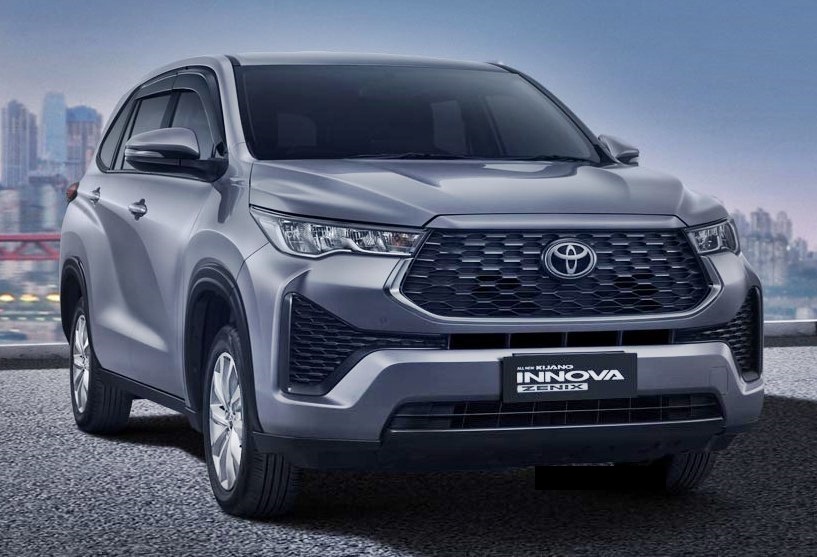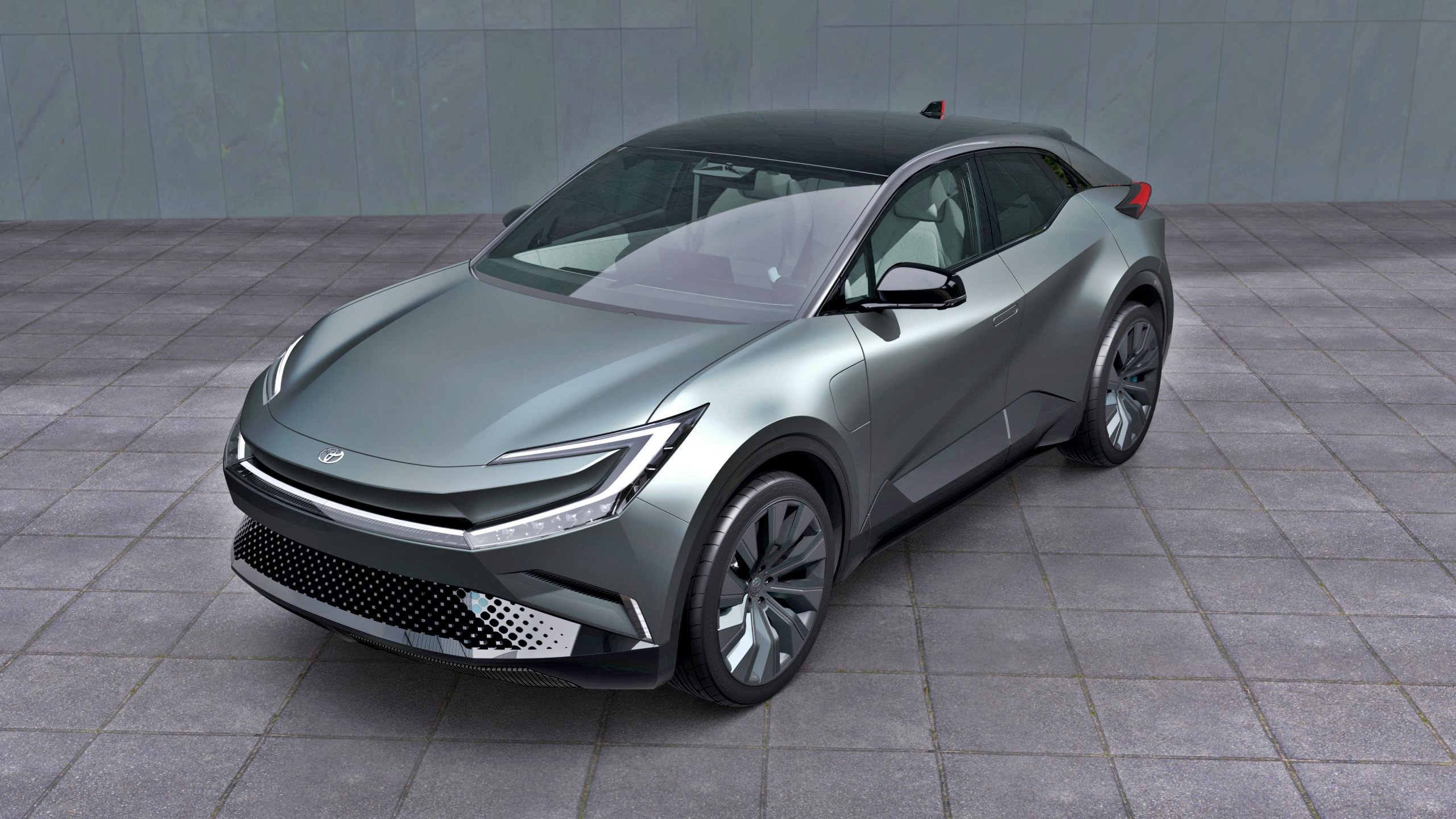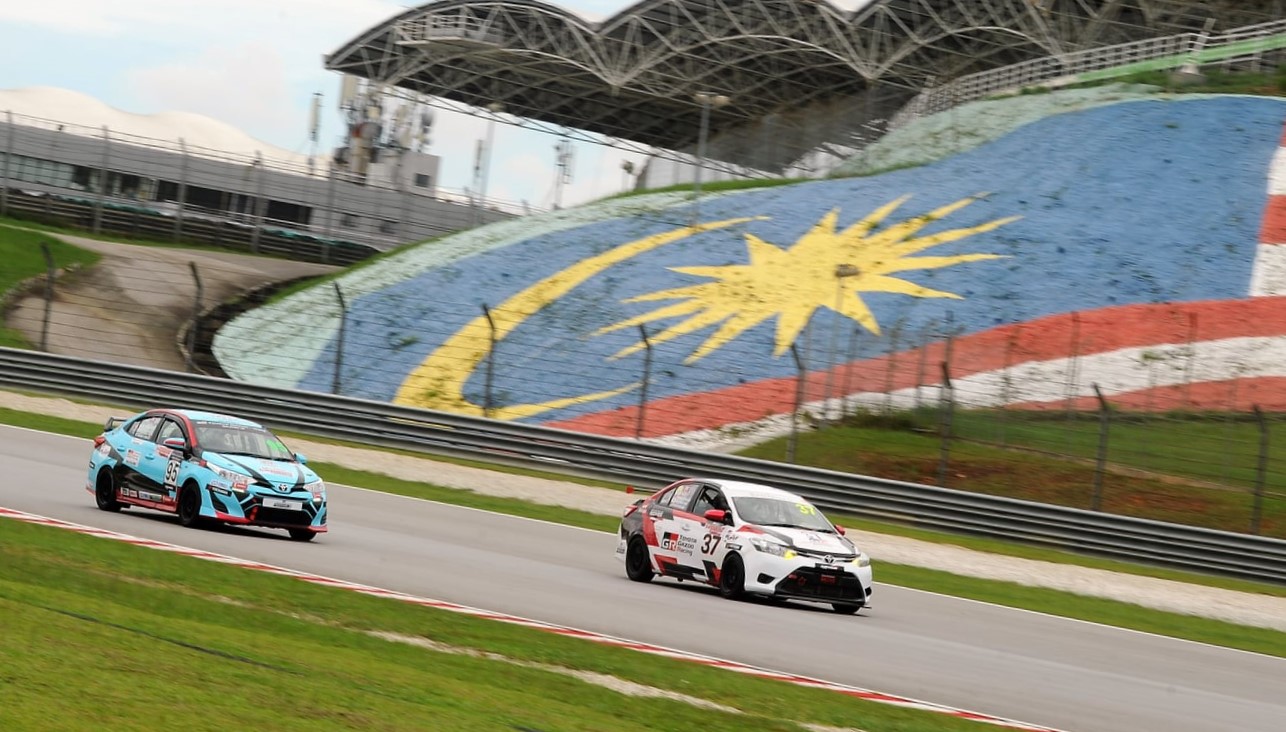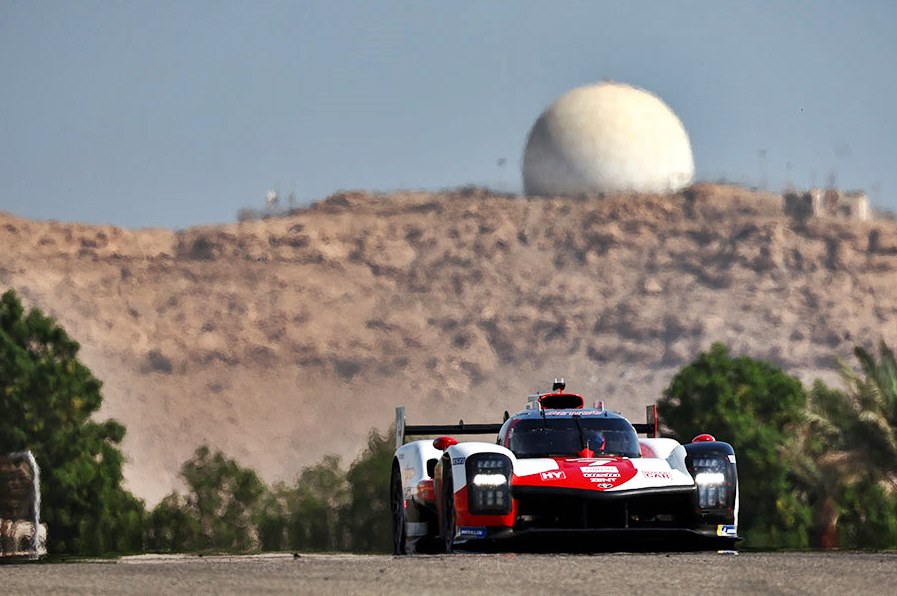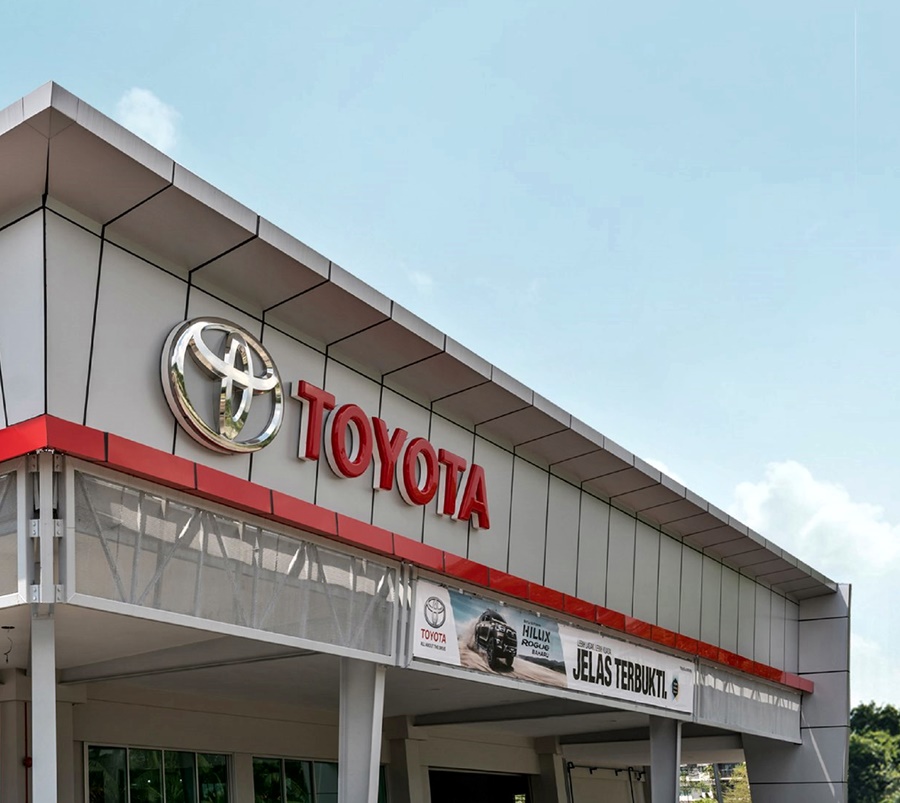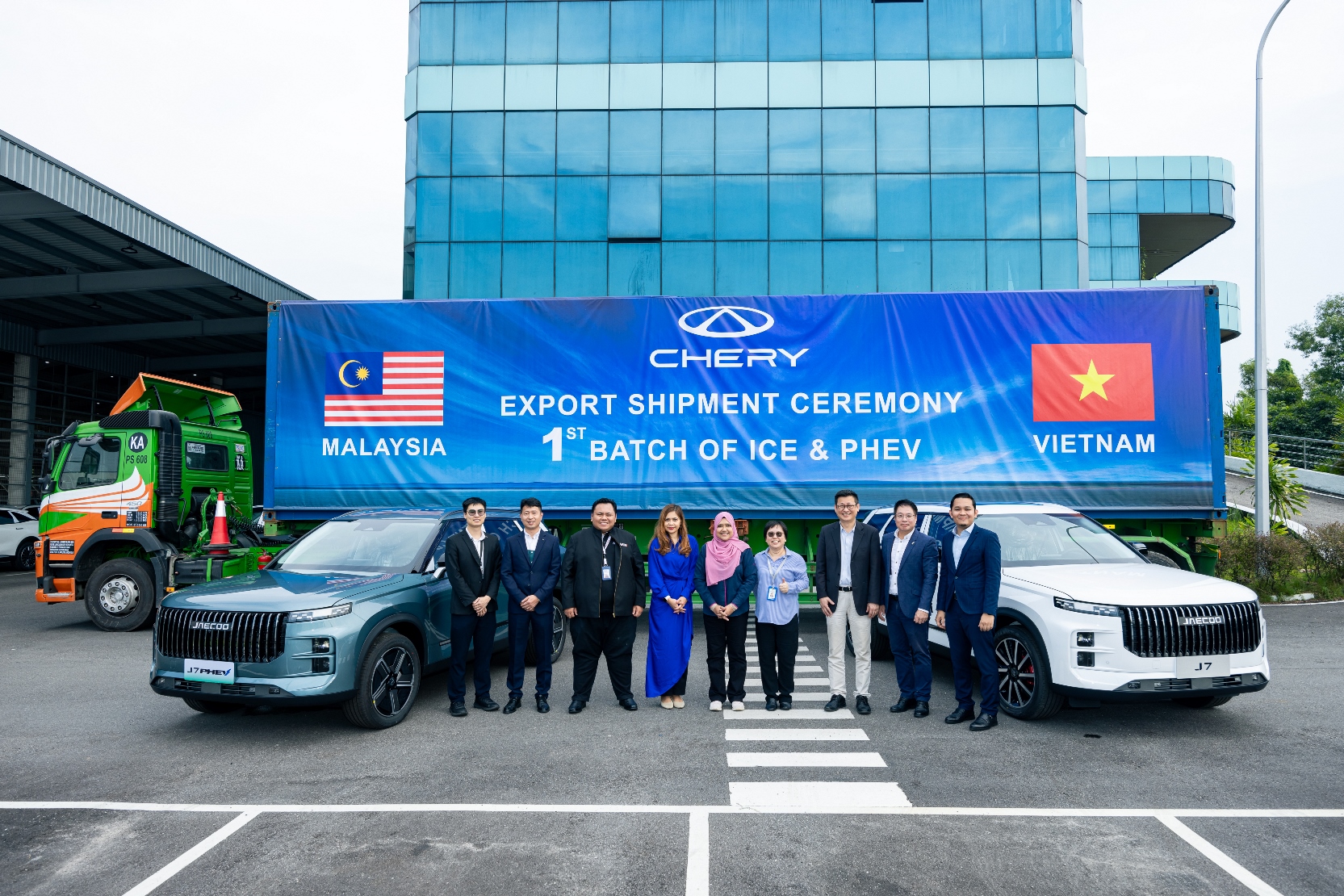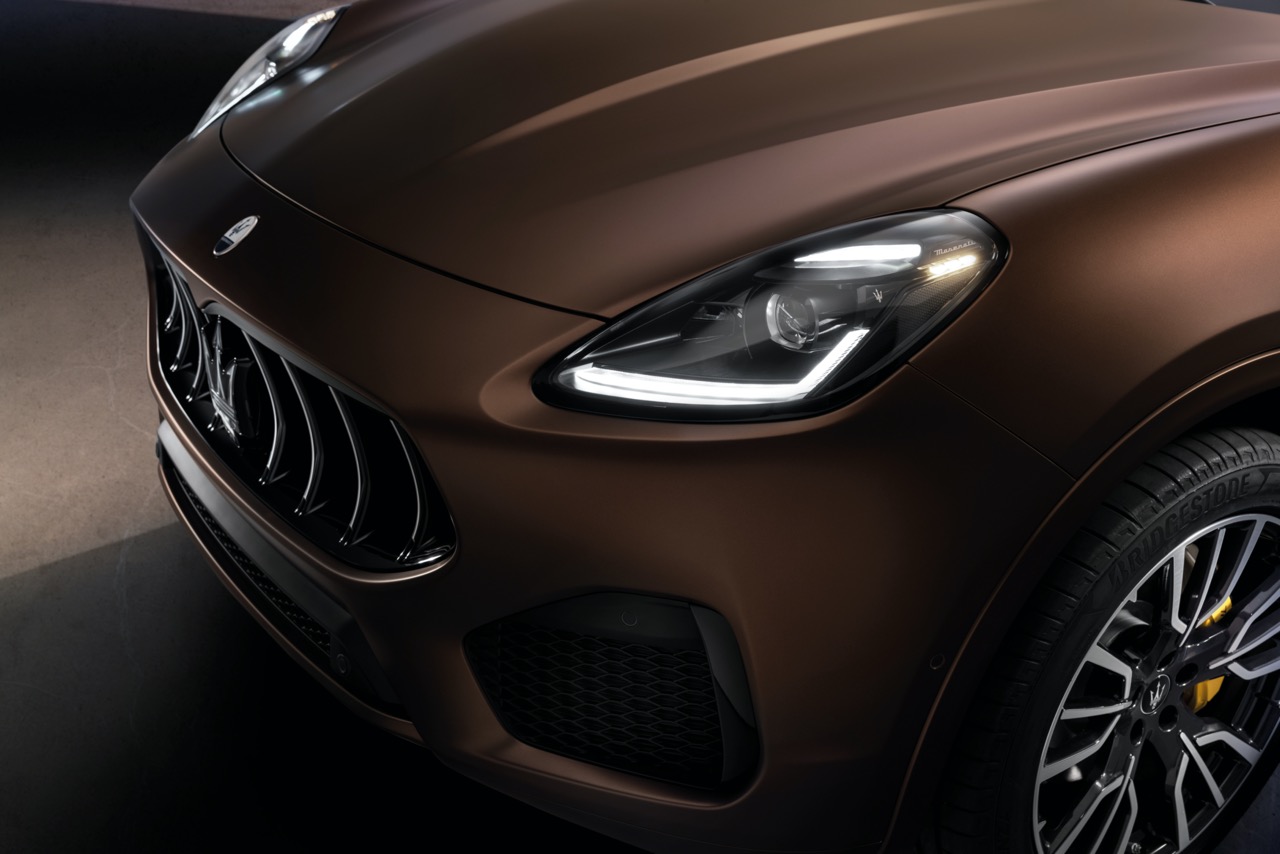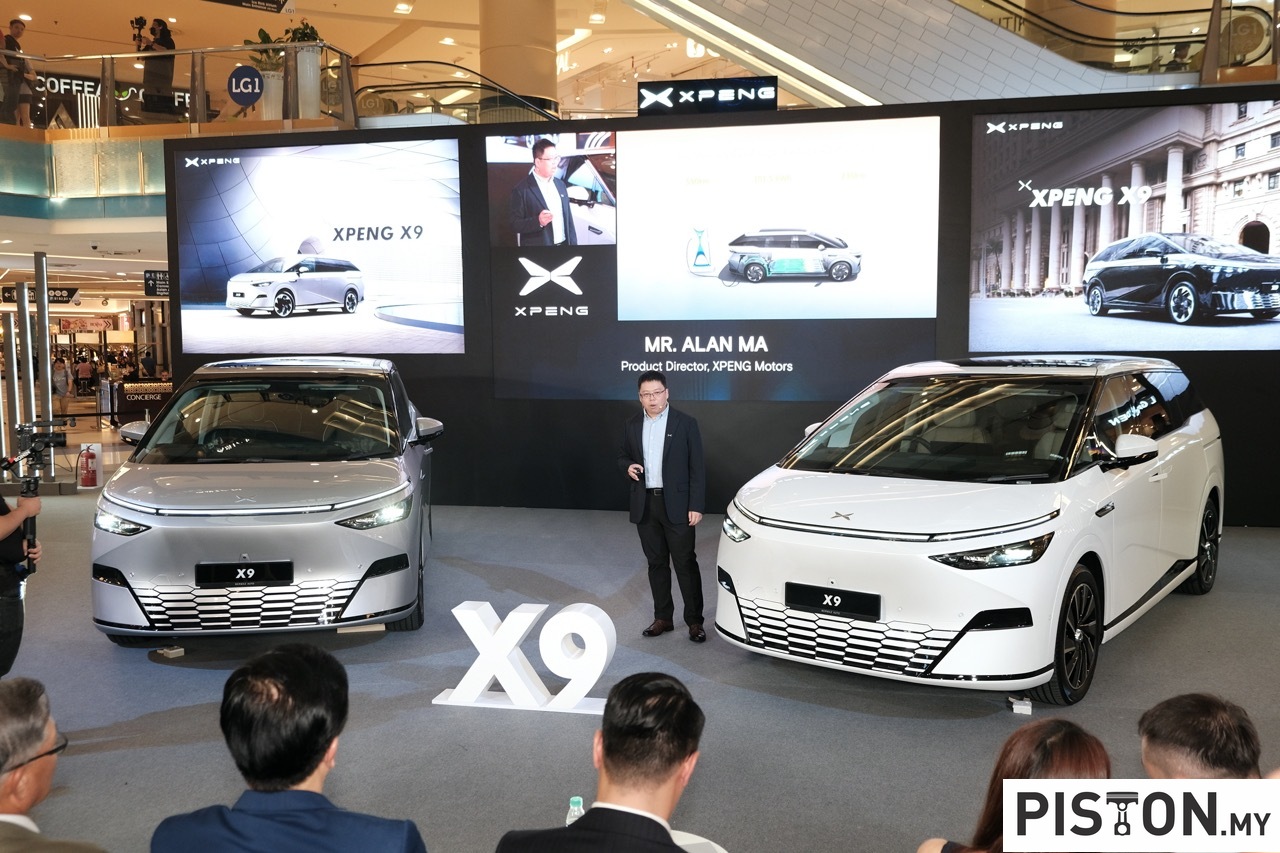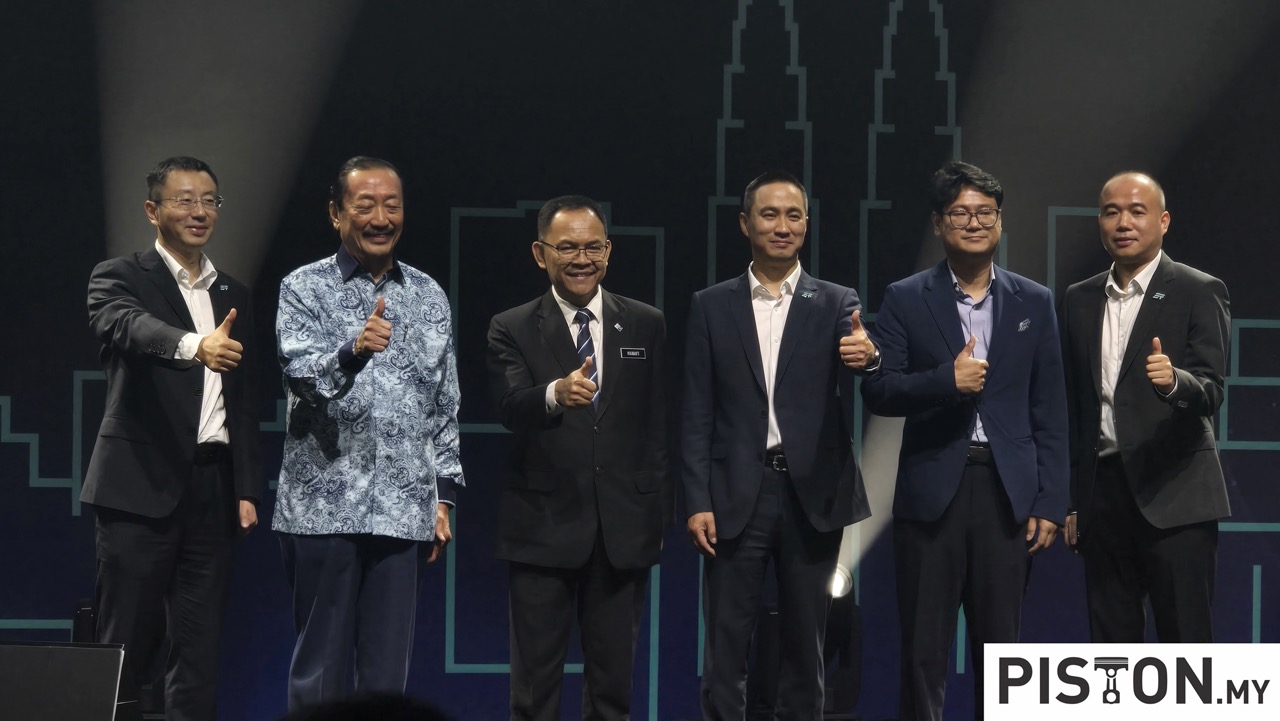Although the ORC ROOKIE Racing Team did not for run the entire time at the recent Idemitsu 1500 Super Endurance 2022 (Thailand 25-Hour Endurance Race), its cars drew much attention during the first and last few hours that they were running. Their participation was not to compete in the race but to showcase the feasibility of carbon neutrality using existing technology and resources to offer multiple pathways to accelerate carbon neutrality in a prompt and practical manner.
Besides the two entries of the ORC ROOKIE Racing Team (founded and owned by Akio Toyoda, President of Toyota Motor Corporation), there was also a Carbon-neutral fuel car entered by TOYOTA GAZOO Racing Team Thailand which won the finish Carbon Neutral Power Cup and completed completing 443 laps.
(more…)



